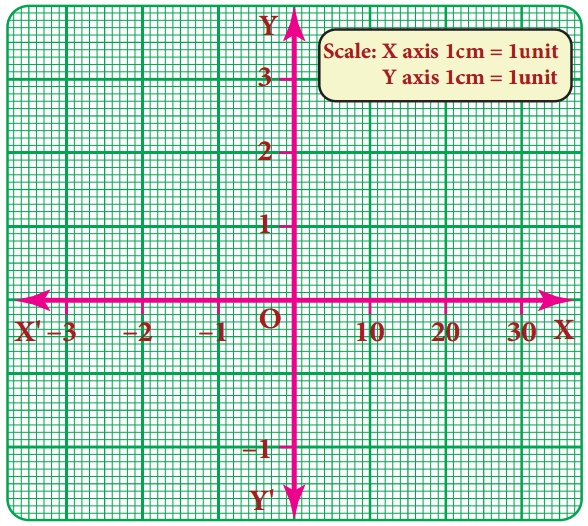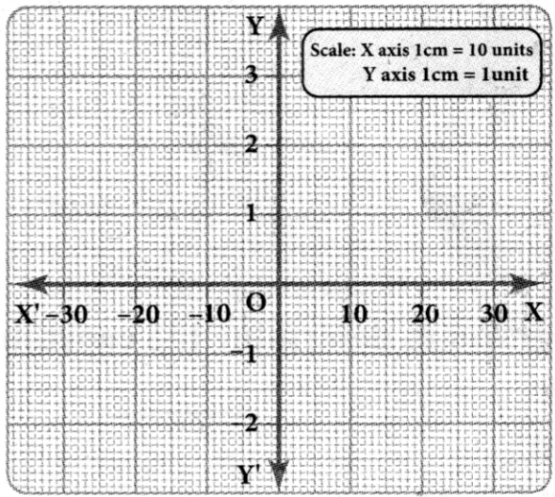Tamilnadu State Board New Syllabus Samacheer Kalvi 8th English Guide Pdf Poem 3 Making Life Worth While Text Book Back Questions and Answers, Summary, Notes.
Tamilnadu Samacheer Kalvi 8th English Solutions Poem 3 Making Life Worth While
8th English Guide Making Life Worth While Text Book Back Questions and Answers
Warm Up
Observe the pictures and write the moral values. Share your experience. (Text Book Page No. 79)

Answer:
1. Taking care of the animals.
2. Helping the weaker person.
3. Supporting the differently abled person.
4. Helping the old people.
8th English Guide Making Life Worth While Textual Exercise Questions and Answers
1. Comprehension questions. (Text Book Page. 81)
1. What should we learn from every soul?
Answer:
We should learn the good from every soul.
2. What qualities will help us to brave the thickening ills of life?
Answer:
We must pass on good thoughts, kindness, aspiration, courage, and faith to brave the thickening ills of life.
![]()
3. Why should we make this life worthwhile?
Answer:
We should make this life worthwhile to have a glimpse of the brighter skies.
4. What does the poet assure us if we make our life worthwhile?
Answer:
The poet assures the inheritance of heaven for the people who live a purposeful life in this world.
2. Fill in the blanks:
1. We should have a ……………. in life.
Answer:
aspiration
2. A ……………. is needed for the darkening sky.
Answer:
a bit of courage
![]()
3. One must have a ……………. of brighter skies to make life worthwhile.
Answer:
glimpse
3. Figure of speech.
Pick out any two lines of repetition from the poem. (Text Book Page No. 81)
On page 81, we have four lines of a poem written by Robert Frost. He repeats the line
And miles to go before. I sleep,
and miles to go before I sleep,
He uses this literary device called repetition to make the idea clearer and more memorable. It is used to emphasize a feeling or idea. Repetition creates rhythm and brings attention to the idea focussed.
8th English Guide Making Life Worth While Additional Appreciation Questions and Answers
1. One bit of courage For the darkening sky;
Answer:
What is needed for the darkening sky?
One bit of courage is needed for the darkening sky.
![]()
2. One gleam of faith
Answer:
To brave the thickening ills of life;
What is needed to brave the thickening ills of life?
One gleam of faith is needed to brave the thickening ills of life.
3. One glimpse of brighter skies – To make this life worthwhile
Answer:
What is needed to make the life worthwhile?
One glimpse of a bright sky is needed to make this life worthwhile.
4. One aspiration yet unfelt One bit of courage
Answer:
What is unfelt yet?
One aspiration is yet unfelt.
Poetic Devices
Repetition:
The word ‘one’ is found to be repeated throughout the poem.
Rhyming words:
contact – thought
Alliteration:
And heaven a surer heritage.
The consonant ‘h’ is repeated twice in the above line and henceforth it is an alliterated line of this poem.
Basic idea of the poem:
Love your neighbor as you love yourself.
Making Life Worth While Summary in English
Everyone who comes in contact with, us must be influenced by us. They must get something good from us. That kindly act will make our life purposeful. Even little grace, kindly thought, bit of courage, one gleam of faith, one glimpse of brightness can make our life to fight with the ills of life.
Making Life Worth While Summary in Tamil
நம்மை அணுகி வரும் எவரும் நம்மிடமிருந்து ஏதோ ஒரு நன்மையைப் பெற்றுக் கொள்ள வேண்டும். நம்மிடமிருந்து அவர்கள் பெறும் நன்மையே நம் வாழ்வைக் குறிக்கோள் உள்ளதாக இப்பூமியில் ஆக்குகிறது. சிறிது கருணை, அன்பான எண்ணம், சிறிது தைரியம், ஒரு கீற்று நம்பிக்கை, வெளிச்சத்தின் ஒரு சிறிய பார்வை, நாம் இந்த உலக வாழ்வின் தீமைகளை எதிர்த்துப் போராட உதவுகிறது.
Making Life Worth While About the Author in English

George Eliot – Mary Ann Evans (1819 – 1880), known by her pen name George Eliot, was an English novelist, poet, journalist, translator, and one of the leading writers of the Victorian era. She wrote seven novels.
Making Life Worth While About the Author in Tamil
ஜார்ஜ் எலியட் – மேரி ஆன் ஈவன்ஸ் (1819 – 1880), தன் புனைப்பெயரான ஜார்ஜ் எலியட் என்பதன் மூலம் அனைவராலும் அறியப்பட்டார். அவர் ஓர் ஆங்கில நாவலாசிரியர், கவிஞர், பத்திரிக்கை எழுத்தாளர், மொழிபெயர்ப்பாளர் மற்றும் விக்டோரியன் சகாப்தத்தின் முன்னணி எழுத்தாளர்களுள் ஒருவராவார். இவர் ஏழு நாவல்களை எழுதியுள்ளார்.


























































































































